Industry
HSW Is Getting Ready for the Wisła Programme
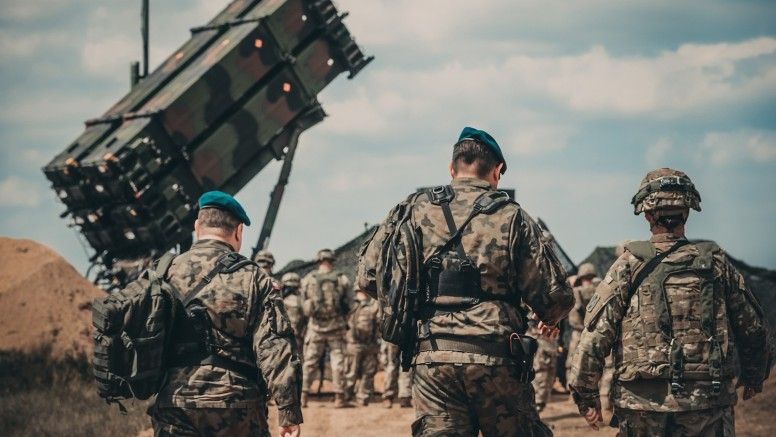
In a little over a year after Raytheon Integrated Defense Systems placed an order at HSW S.A. (October 2018), concerning the initial Wisła program management plan, and almost 11 months from signing the Letter of Subcontract on 27th February last year, concerning the preparations to manufacture the M903 launching stations for the first Polish Wisła battery, HSW decided to showcase the advancements made with regards to the Wisła program that bears a strategic meaning for the Polish defense and security.
14 PGZ Group’s entities have formed a consortium that is to work on the Wisła programme. The consortium involves entities as follows: PGZ S.A. (leader), Huta Stalowa Wola S.A., MESKO S.A., PIT-Radwar S.A., WZE S.A., Jelcz Sp. z o.o., Autosan sp. z o.o., OBR CTM S.A., WZU S.A., ZM Tarnów S.A., WZL No. 1 S.A., WZL No. 2 S.A., PCO S.A. and WZŁ No. 1 S.A.. Some of the remaining PGZ Group’s companies would also act as subcontractors in the Wisła programme.
The number and variety of the consortium members, regardless of the conditions of cooperation with the US government and the US industry, as well as the offset-related matters, altogether show how complex the Wisła programme is. A major portion of the undertaking is placed in the hands of the HSW S.A. company that also owns the Jelcz company and 50% of the shares in Autosan.
HSW S.A. and RIDS concluded a memorandum of understanding in early 2019 with final performance conditions adopted on 11th July. All of the above is happening within the FMS process and has been ordered by the US Government. These steps formally inaugurated manufacturing of MIM-104F Patriot PAC-3+ (Post-Deployment Build 8) launchers and components thereof in Poland. This would also mean that HSW S.A., playing a role of a manufacturer, would access the Raytheon IDS supply chain. The goal of these undertakings steps beyond gaining the ability to deliver the Patriot system to the Polish military (this also translates into diminished maintenance cost over the launcher’s lifecycle, thanks to the technology transfer and know how. The effort is also aimed at providing the Polish industry with an ability to deliver products for other customers. After concluding a bilateral agreement with Raytheon, HSW had become its partner even before the offset performance agreements were finalized. Raytheon, meanwhile, is a contractor working for the US government within the framework of the FMS proceedings. Thanks to the above circumstances relevant work can be carried out regardless of the offset-related process, to a significant degree.
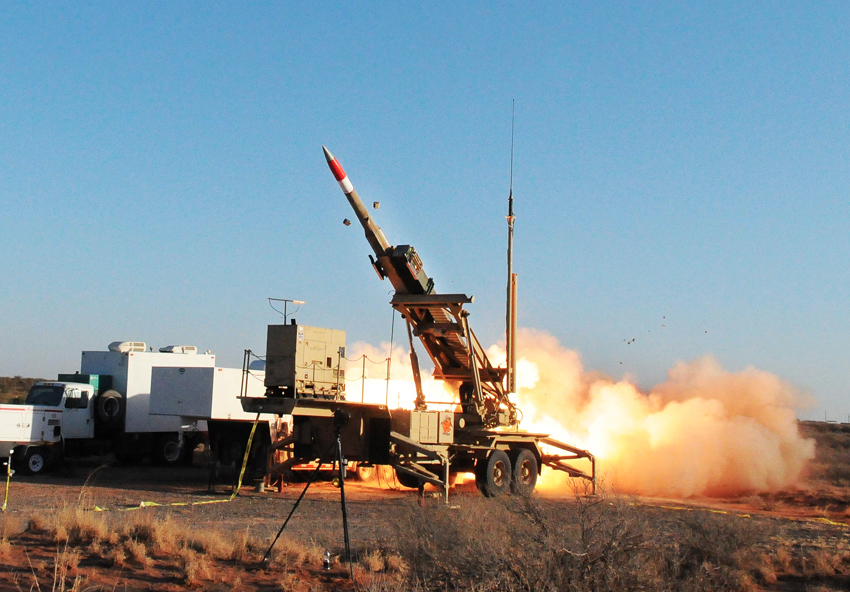
Deliveries of the Regina and Rak artillery systems are to take place in parallel with establishment of potential required to meet the offset obligations. It was in the autumn last year when deliveries of elements of eight company-level mortar modules procured in 2016 were completed. Another 2 modules, being a subject of a contract concluded in 2019, will be delivered between 2020 and 2021. HSW is also delivering engineering systems to the Polish military. The company is also overhauling the equipment operated by the Armed Forces. Further activities include development programs such as: Borsuk IFV, ZSSW-30 turret, Kryl howitzer and Baobab-K scattered minelaying solution and the associated programmes, involving serious investments in the domains of new technologies and manufacturing capacity. Expansion of the modernized barrel-manufacturing facility is one of the results of the undertaken effort. However, HSW S.A. also created a new 3.5 thousand square meters production hall from a scratch. The company also has the most modern robotized welding line in Poland and an X-ray lab for inspecting large volume elements at its disposal. HSW, finally, also made an investment in a relevant machining centre to handle such elements.
One of the visible proofs that HSW is quite advanced in its Wisła efforts is the work on a manufacturing facility that would be used to integrate the launcher systems. It began in the second quarter of 2019 and it is close to completion now. Structure of the amphibious capacities test facility has been used as a base here, dating back to the 1970s. The facility constituted a part of HSW’s facility No. 5, the purpose of which was to manufacture the key products that the company offered at the time: 2S1 Gvozdika 122 mm amphibious sph and light MT-LB (S70) armoured carrier and derivatives thereof (Opal, Hors, Mors, Lotos). The planned manufacturing capacity planned for that facility is somewhat abstract now: 1,100 vehicles per year. Despite the years passing by, the structure has turned out to be durable enough to serve as a starting point for creating a new, 2 thousand square meters assembly hall. Furthermore, it was expanded by 1 thousand square meters warehouse that would be used over the course of the Wisła programme.
The modernized hall is to be ready for handing off in the first quarter of 2020. However, the management implied that the ambition it has is to finalize the work in the early Q1, rather than towards the end of that term. Not only has all of the construction work come to an end (including the ones associated with floor requirements), as the engineers are also finalizing the work on the fittings. Finishing works with regards to technical and social amenities had been taking place before the wintertime.
The new facility is to be used for the purpose of integrating the launchers. However, this is not the only portion of the building where this product is going to be the centerpiece. Work on the launcher will also be taking place in numerous new stations in the manufacturing portion of the facility. New welding stations with two single-column and one twin-column rotating bases have been procured to work on these elements, among other hardware. The hardware is equivalent to the systems procured for the purpose of launching the Krab sph hulls and Rak, Krab and ZSSW-30 turret systems robotized welding line. That part of the HSW S.A. plant became active in mid-2019.
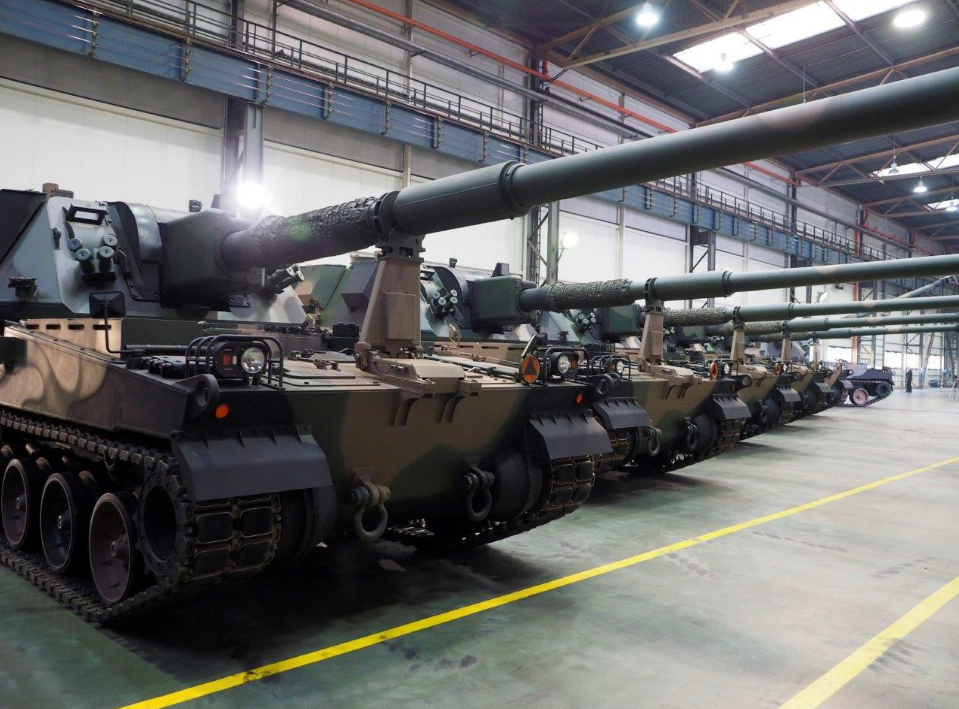
Procurement is in progress, with regards to a straightening press, measurement, control and transport hardware and a tractor used to transport the M860 semi-trailers (and move them along the production line) onto which the M903 launching stations are integrated. The tractor is also going to be used for the final tests. Recruitment and training for new employees is also going on. HSW is currently employing 760 persons. The company would employ 850 employees after the recruitment process phase in question is completed.
HSW has already gone through the initial audit procedure carried out by the American supplier of launcher technical document. The results clearly confirm the company’s know-how within the scope of carrying out all operations and procedures associated with manufacturing of the M903 launcher.
Within the framework of the effort of adapting the old facility a new amphibious test facility has been created alongside, costing above 1 million zlotys. The test facility eliminates the necessity to organize costly and time-consuming transfer of equipment to institutes that have such facilities at their disposal. The test station that is several meters long is 4 meters deep and features ramp with different slope angles. It makes it possible to test the vehicle watertightness, the characteristics of the vehicles when entering and coming out of the water. This enables HSW to carry out any wading and water obstacle test one could imagine. Furthermore, the facility also allows HSW to carry out hull watertightness tests and other hydrostatic and some hydrodynamic tests with regards to amphibious vehicles (balancing, displacement, pumps operation, thruster thrust tests, and so on). The station in question complements the facility’s test track that makes it possible to carry out tests of the vehicles manufactured at HSW.
Regardless of all of the investment made that establishes the new elements of manufacturing potential of our company, we are also intensely working on increasing the manufacturing capacity that we already have. Here I am referring to boosting of the barrel manufacturing facility capacity through regular and consistent procurement of new machining systems. Over the course of recent months we have introduced two new machining centres into the production chain. We are also getting ready to install further lathes designed for processing of long barrels. In 2020 we are planning to complement the hardware inventory of the barrel-manufacturing section with another honing machine. The purchases are made with an intention to increase the possibility to manufacture a variety of barrel types, to meet our own needs and needs of other customers. We are also planning acquisitions aimed at increasing the potential required to increase the manufacturing output with regards to turret modules, primarily the ZSSW-30 - that is currently going through a qualification test programme.
HSW S.A. is working on its major investments in conditions that are quite specific. The local and regional job market is no longer dominated by the employers, and the unemployment ratio in the Stalowa Wola region has gone down to 4.6%. Highly-qualified metallurgy experts are a subject of rivalry between the employers in Stalowa Wola that is also a quite strong industrial center. This creates some challenges in search for employees whose qualifications and experience would be satisfying. HSW, as a “special production facility”, cannot employ foreign workforce, contrary to numerous adjacent businesses. These factors also overlap with trends on the building materials and civil engineering market. Work on 15 km long bypass ring road is currently in progress, with a pricetag of 200 million zlotys. The road is also integrated with a number of convoluted structures. Another project is associated to the S19 expressway nearby. The demand for building materials and civil engineering services has gone up significantly. Not only are services of the contractors far more expensive, the same applies to materials: aggregates, concrete, cement and reinforced steel. Despite the above circumstances, the investment effort undertaken by HSW is progressing in line or even ahead of the assumed schedule.
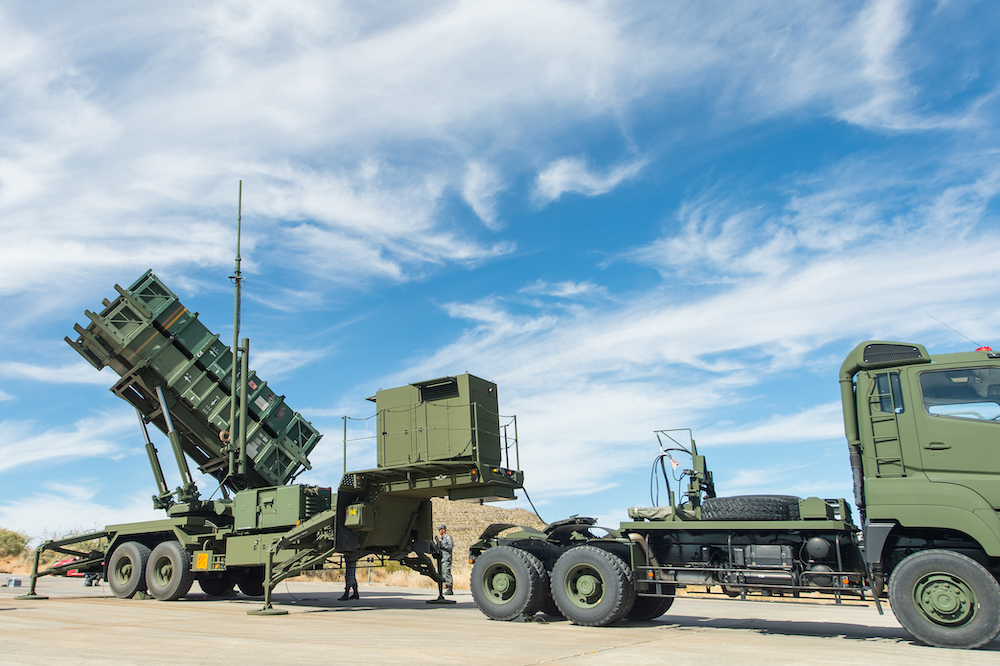
According to Piotr Nieprzecki, head of the HSW S.A. project management bureau, the preparatory work concerning the M903 launcher manufacturing have been going on for a year now. Welding systems that are going to be used in the launcher manufacturing process have already been designed and partially created. Now these systems would be a subject to approval, in line with American procedures. The process would begin as soon as resources that we are going to use to manufacture the launchers are available at HSW. The first delivery of those raw materials took place back in December 2019. Currently the welding systems are undergoing the approval process. Design-wise, anything related to manufacturing of the M903 launcher is being developed at HSW, he clarified. Simply speaking, the design is American while the process engineering has been a matter of developments at HSW. Considering the adopted Patriot systems procurement procedure that uses the FMS agreement, we work in line with the US procedures and law, as a Raytheon’s contractor, with Raytheon working for the US government. The procedures envisage a “collision” of process documentation and design documentation to confirm full compliance between them: TDP and MDP. Thus, one needs to adopt, both ways, he added. This pertains to all materials used in the production process as well.
HSW is going to receive launcher assemblies and parts during the second quarter of this year, required to assemble the first launchers. And HSW needs to be ready to receive and store these in conditions compliant with the parts suppliers’ and license provider’s requirements. Integration of the first two launchers is to begin in July. During that process training is also going to take place, on-site. The first launcher is to be ready in November. The second one is expected to roll off the production line in December. In the second half of the year HSW would be manufacturing parts and assemblies of four launchers and one extra launcher, referred to at HSW as a prototype.
This launcher is defined as POM, within the US terminology (Proof of Manufacturing). It shall constitute a proof that HSW is capable of manufacturing the M903 system from a scratch. Meanwhile, the bulk of the integration activities is planned to happen in 2021. Integration of the last four launchers of the second battery is to begin in the summer of 2022.
The launcher manufactured at HSW is going to be identical, design-wise, to the US-made product. We shall also list its technical features, making the reader aware of what the M903 system really is. The launcher weighs 17 tonnes, without the containers housing the missiles. It is 11 meters long, 2.5 meters wide. The width goes up to 3.5 meters when on station. The system consists of ca. 2 thousand different components.
M903 is integrated on the M860 semi-trailer and it has been fitted with elevation and rotation mechanisms, power generator and it may carry up to 12 PAC-3 MSE missiles (procured by Poland). Alternatively the launcher can also accommodate PAC-2 GEM-T and PAC-3/PAC-3 CRI missiles housed in launch container. The launcher also features mechanical assembly (LMA), electronics module (LEM), connection panel (LIG) with LMRD (Launcher Missile Round Distributor) control system. It is remotely controlled via fiber optical link or SINCGARS single channel VHF radio.
Specialized wheeled vehicles would act as the carriers for the whole Wisła system. These platforms would be developed and manufactured by the Jelcz company that is owned by HSW. However, Jelcz remains outside of the FMS deal. It is going to work on the vehicles on the grounds of an agreement signed with the Armament Inspectorate of the MoD. The company has secured a package of orders concerning 73 vehicles. This includes thirty-three CSS 8x8 tractors that are used to transport radars, launchers, ECS, logistics support systems, four 8x8 EPP carriers (Electrical Power Plants), six 8x8 TSK carriers for the EOC S280 server packages of the IBCS system, fourteen 8x8 DOW carriers for F-OPS, C-OPS and E-OPS IBCS system containers dnd twelve 4x4 tractors for IFCN stations. All of the platforms above are to be a part of the first two batteries. The agreement in question is independent from the procedures aimed at implementation of the launcher manufacturing license.
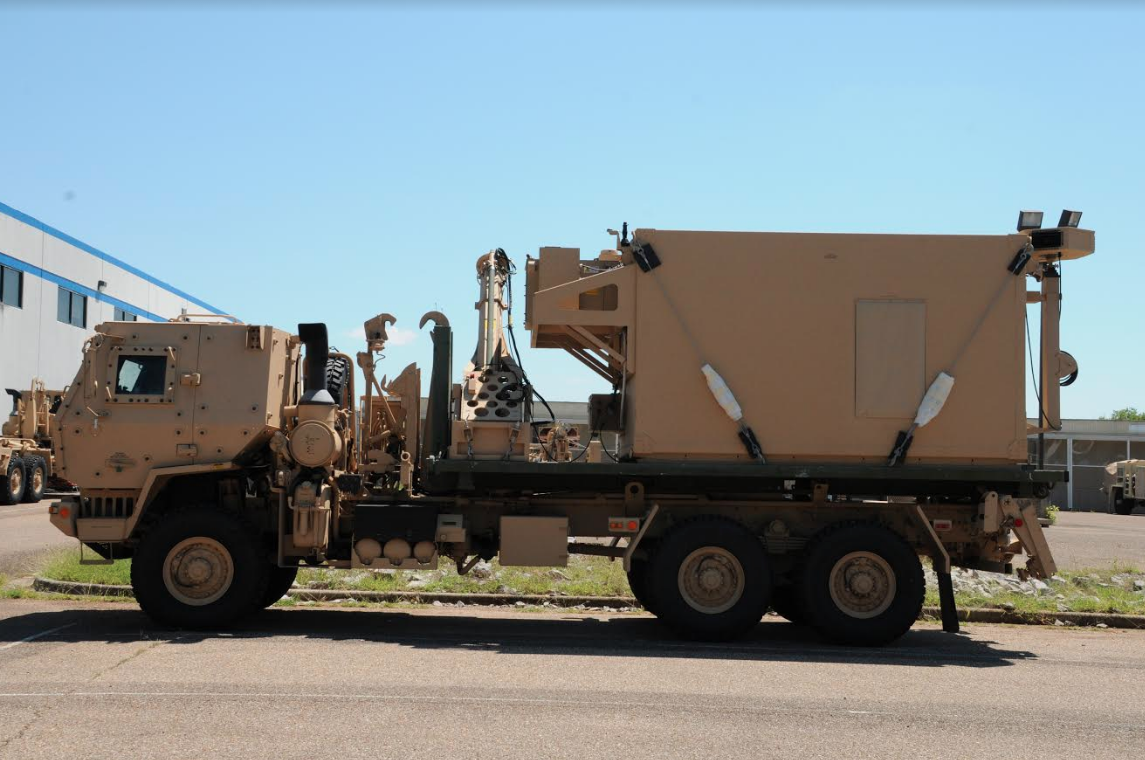
The Stalowa-Wola based entity is obliged to carry out a full certification procedure with regards to the POM example of the system. The tests are to be conducted with other elements of the system that have been properly certified by the US. Here we are referring to the tractor tied to the launcher. Certification of the Jelcz vehicles would involve certified components of the system that are to work with the tractors.
The first Patriot battery with 8 launcher systems manufactured by HSW is to be handed off to the Americans in 2022, as they are going to be introducing the system into the inventory of the Polish military. The last launcher of the second battery is scheduled to be handed off to the Americans in November 2022. Deliveries of 2 Patriot batteries with the IBCS C2 system (including 6 EOC and 12 IFCN systems), 16 M903 launch systems, 208 PAC-3 MSE missiles, 4 AN/MPQ-65 radars, 8 MIDS-LVT terminals and 38 KG-250x cryptography systems are to be completed in 2022. Full operational capability is expected, for both batteries, in 2023.
When Phase II of the Wisła programme is going to see launcher deliveries? HSW refuses to answer this question. Phase II is contained in the new plan, however, the details of the schedule have not been released so far.
Will Raytheon ask HSW for launchers for another customer, different than the Polish military, after the first two batteries for the Polish forces are delivered? This is possible and probable, but at the present stage it is premature to consider scenario as such. Anyway, one of the primary goals adopted by HSW is to become a part of the Patriot supply chain.
The offset matter, meanwhile, is still a delicate and unresolved issue in the Wisła program. The agreements concerning this matter have not been signed yet, despite numerous announcements. The M903 work undertaken by HSW is a result of a business agreement signed between Raytheon and HSW, in relation to the FMS agreement by and between Raytheon and the US government. The offset matters are not a subject of that agreement within any scope whatsoever and they require separately arranged legal regulations on the Polish and US side. Since these regulations are quite complex, they are still a subject to negotiation.
Without a consideration given to the necessity to put the offset matters related to the Wisła program into order, another question that becomes valid refers to the benefits that participation in that programme brings to HSW. Undoubtedly, the company is obtaining the ability to manufacture the launcher systems for SAM solutions. This is a novelty in its manufacturing portfolio. In the past the company used to manufacture WP-8z and WM-18 systems (for air-mobile and naval applications respectively). It has also been modernizing the BM-21 systems, upgrading them to the WR-40 Langusta standard. Participation in the Wisła programme complements the capacity of the company and its know-how within the scope of legislation and project management. Obtaining new certificates and extending the standards implemented so far means that HSW now has a greater chance to build deeper relationship with the US defence industry. This, by no means, is conclusive, but creates some opportunities and options as such.
Jerzy Reszczyński
